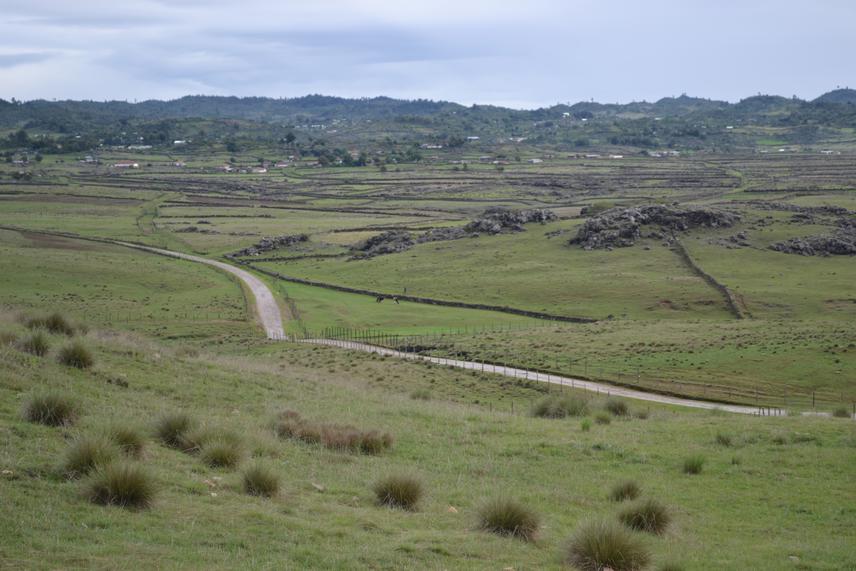Manuel Alejandro Barrios Izas
Other projects
13 Jun 2013
Assessing the Conservation of Montane Ecosystems at the Guatemalan Volcanic Arc through Leaflitter Weevil’s Species Richness and Endemism’s Research
Main aims are to prioritize mountain conservation areas based on weevils diversity and endemisms and to increase the protection of endangered species of weevils by habitat loss.

Los Cuchumatanes Highlands.
Weevils are by far the most richness group of live organisms, with more than 65,000 known species, and are highly diversified at tropics where they show a high level of endemism at montane ecosystems. Guatemala is within the Central American Nucleus at the Mesoamerican hotspot and belongs to the world mega diverse countries. Even though tropical forests have been substituted by the establishment of agricultural fields and during the last decade mid elevation forests have been logged by coffee farmers.
During the first Rufford Small Grant we studied the fauna of Weevils from the volcanic arc at southern Guatemala. We identified cloud forests, oak forests and other of broad leaf forests at mid elevations as the most important ecosystems for the conservation of leaf litter weevils. Mountain ranges from northern Guatemala have been poorly understudied and several sites have not been collected, there the leaf litter fauna is unknown. All these sites also offer a good opportunity for conservation and creation of protected areas because of their flora, fauna and the ecosystem goods and services they provide to human populations that inhabits in those mountain ranges and that depends on those resources.